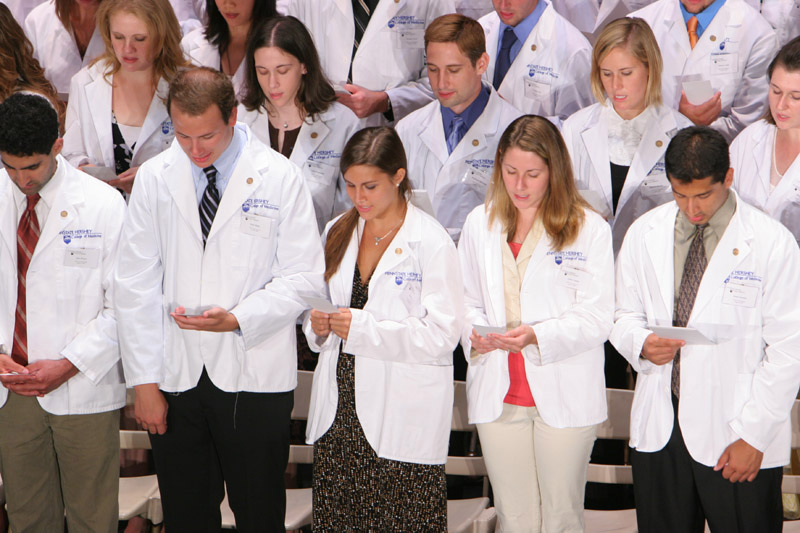
Creative Commons “2008 White Coat Ceremony 5” by Penn State (CC-BY-ND 2.0): https://creativecommons.org/licenses/by-nc/2.0/
www.flickr.com
Hippocrates is an OER (open educational resource) developed by the University of Bristol to help 3rd year medical students become more familiar with various clinical practices. The modules, which are designed to be used in a blended/flipped approach, include tutorials, case studies, videos, and links to external resources, interspersed with engaging and interactive formative assessments.

Screenshot credit: https://www.ole.bris.ac.uk/bbcswebdav/institution/Faculty%20of%20Medicine%20and%20Dentistry/MB%20ChB/Radiology/MRI%20e-tutorial/page_12.htm

Screenshot credit: https://www.ole.bris.ac.uk/bbcswebdav/institution/Faculty%20of%20Medicine%20and%20Dentistry/MB%20ChB/Hippocrates%20Year%203%20Medicine%20and%20Surgery/Abdomen%20-%20Abdominal%20radiology/page_08.htm
Anyway, I thought these e-tutorials might be of interest to our faculty and students, particularly in the School of Health and Human Services. Also, the developers of Hippocrates hope to collaborate with other institutions around the world in creating freely available resources for teaching clinical medicine.






